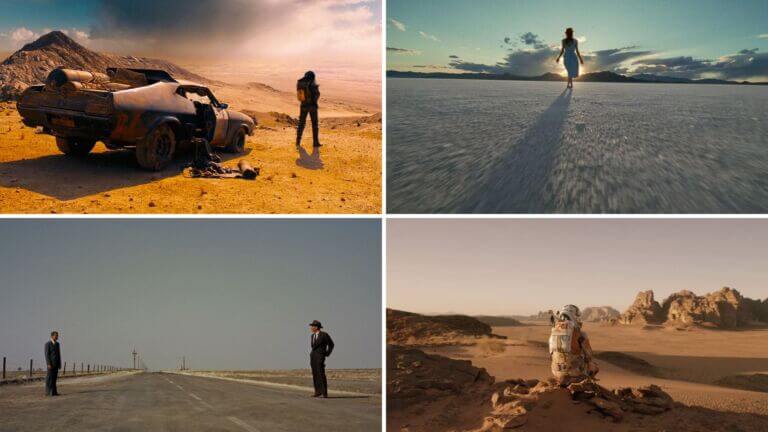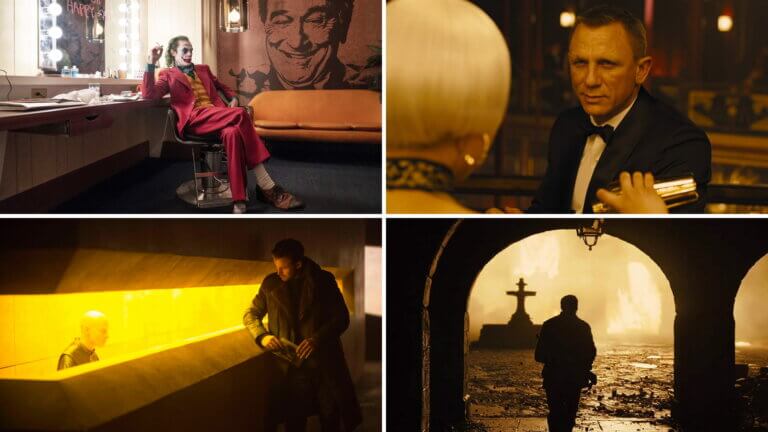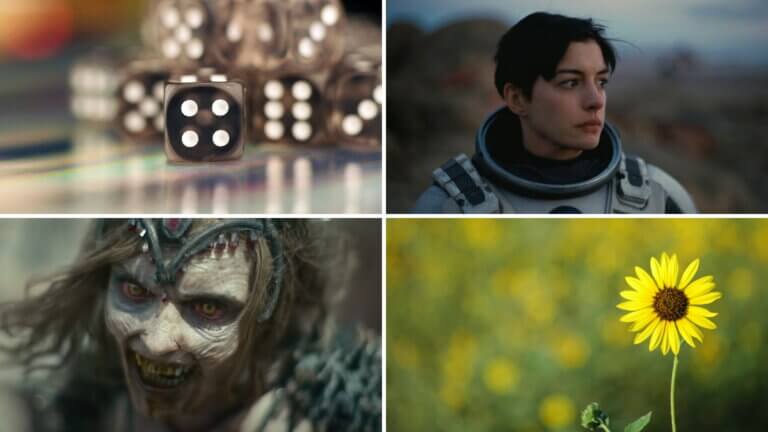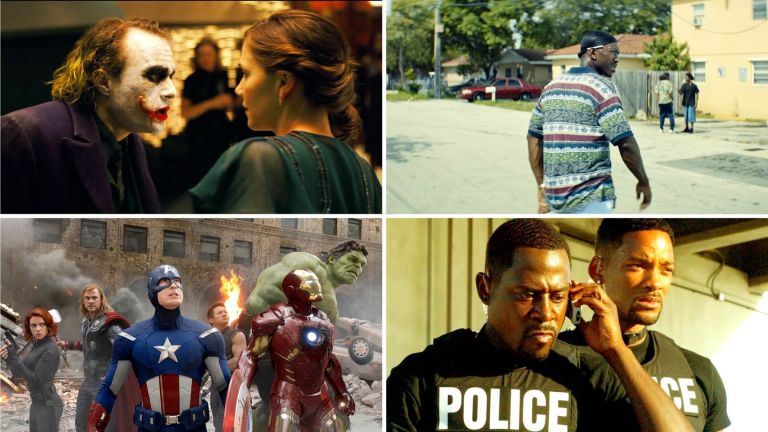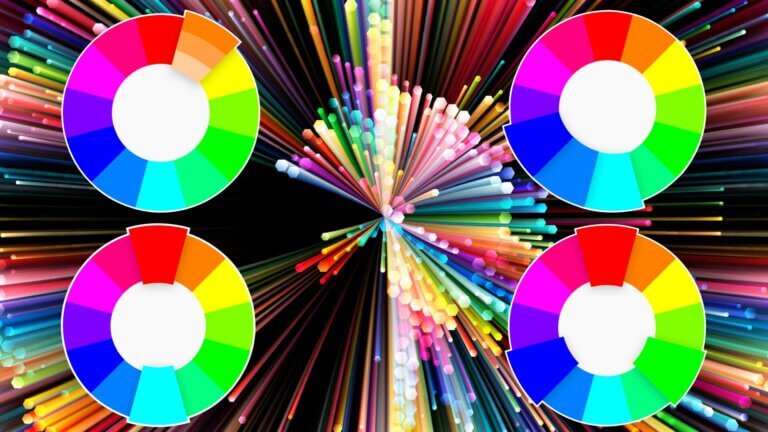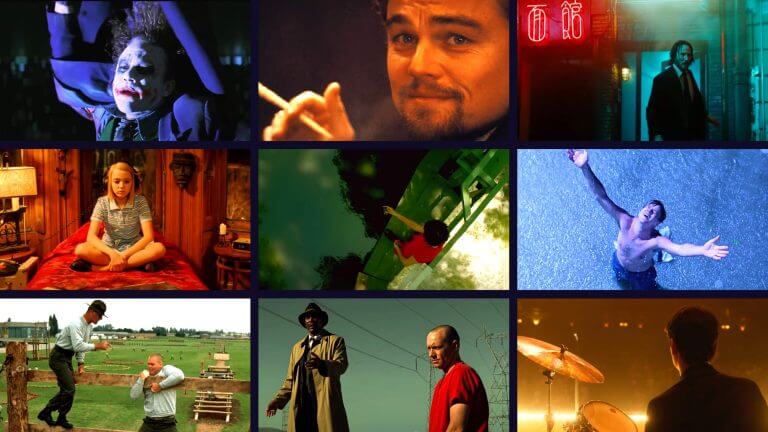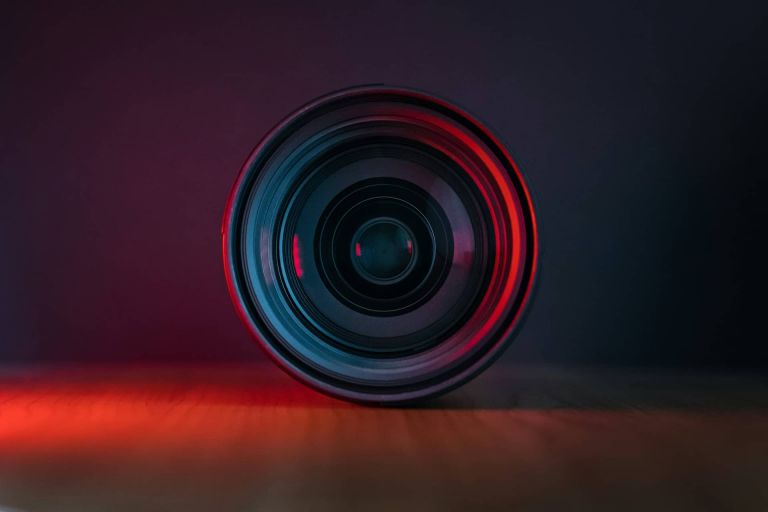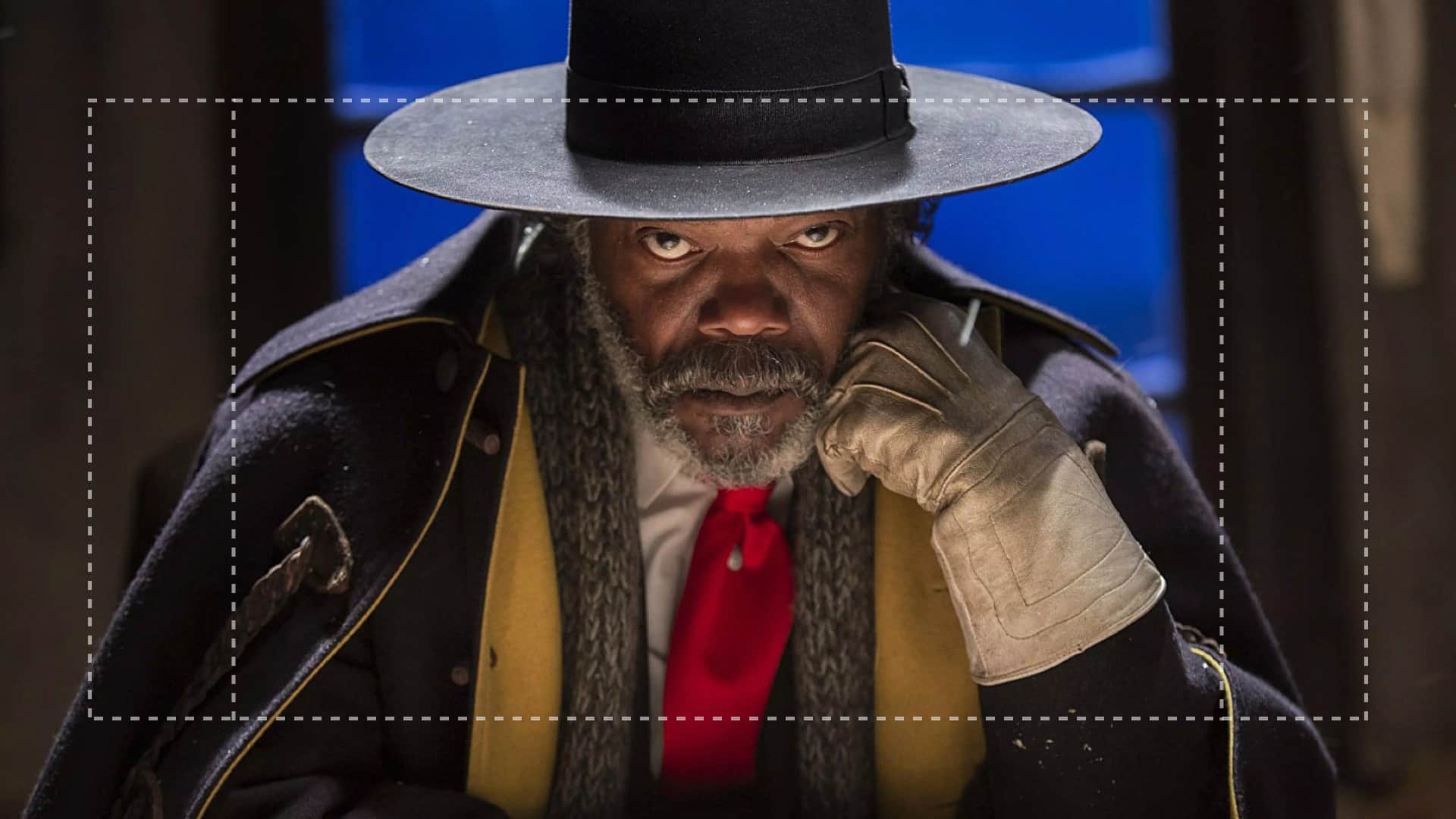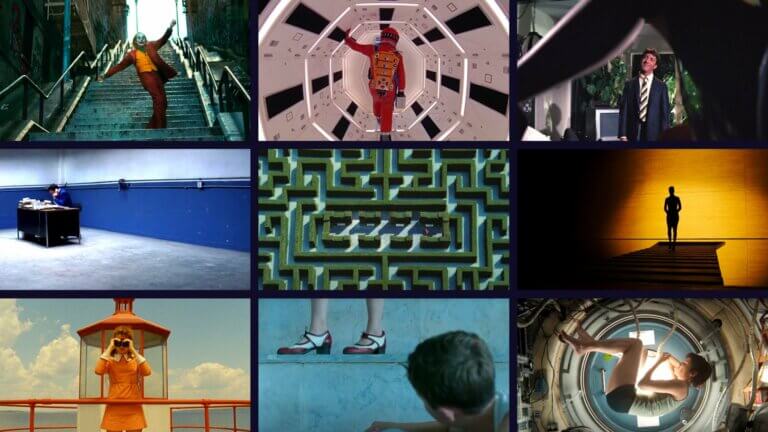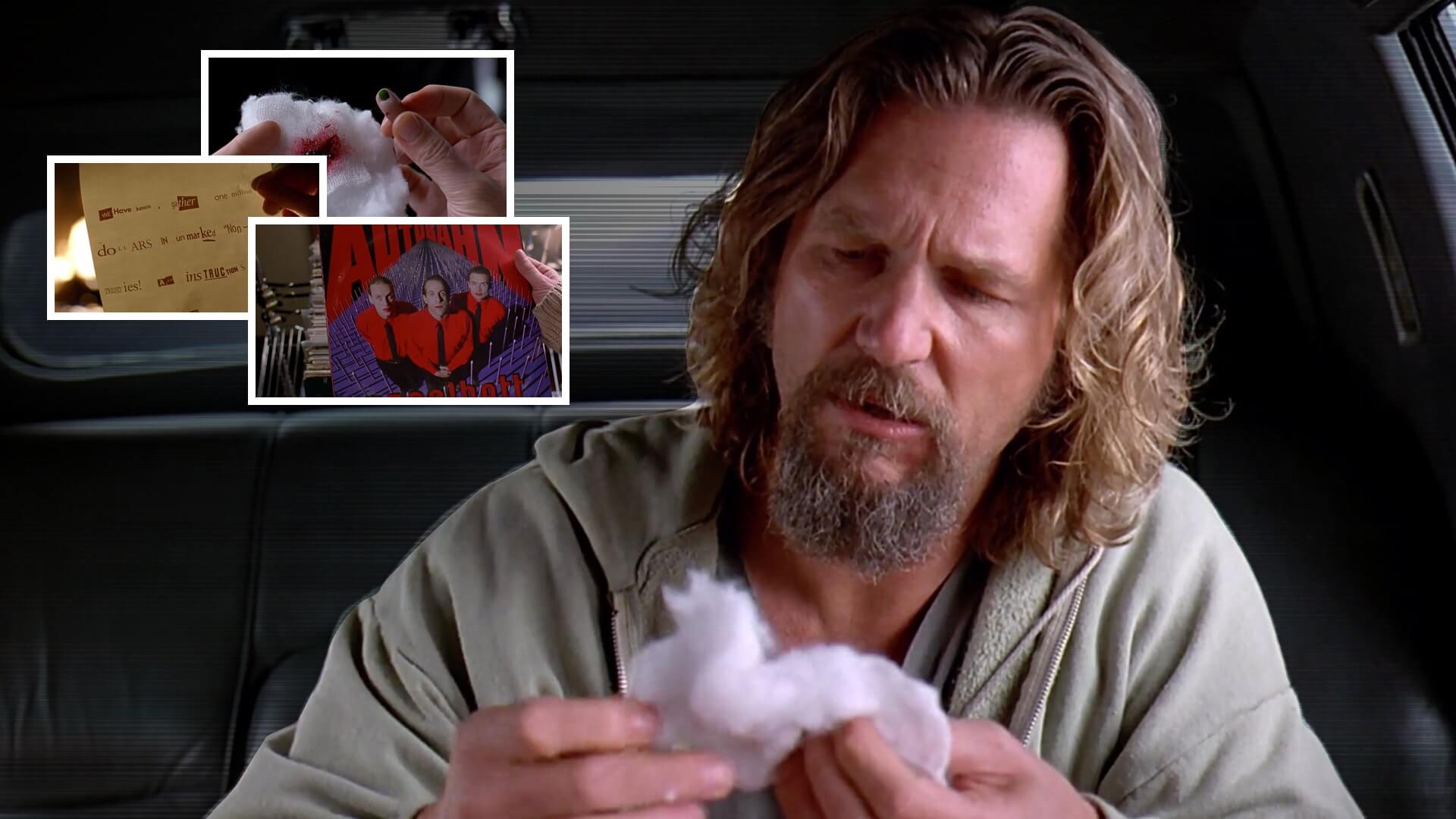It can be difficult to convey the importance of a landscape or emotion, especially when framing a subject at a distance with a wide shot.Continue reading The Wide Shot: Creative Examples of Camera Movements & Angles
Lighting is a key element to the mood of any film. It can be the difference between a happy and cheerful scene or a mysterious and ominous scene. One of the most important lights in any lighting setup is the key light. The key light has a heavy influence on how a shot looks and feels. Let’s take a deep dive into the techniques cinematographers use with a key light to achieve unique visuals and create compelling worlds.Continue reading What is Key Light — Definition & Examples in Photo & Film
Whether you’re interested in photography or cinematography, you’ve seen the gamut of what can be done to manipulate images to get breathtaking cinematic effects. Some though, aren’t as complicated as they may look. This article covers the fundamentals of one of the most commonly used techniques that yields incredible looking images. What is shallow depth of field and how can we use it to get consistent quality out of our work?Continue reading What is Shallow Depth of Field? Definitions and Examples
It is fundamental knowledge that moving the camera closer or further from a subject has innate storytelling effects. But what happens when a filmmaker simply moves the camera around a subject? This is the arc shot. It commonly appears on the big screen as the hero shot, but today we’ll analyze a few more effective storytelling capabilities of the arc shot. Continue reading The Arc Shot — Examples and Camera Movements Explained
Color is an integral part of visual art – but how do we know it’s so important? Well, one way is through the application of color theory. What is color theory? We’re going to define color theory, then break down a variety of color theory examples from paintings, photographs, and films to see how color is used as a tool for expression. By the end, you’ll know the history of color theory and how to apply it.Continue reading What is Color Theory — A Guide for Image Makers
Shot SizeShot FramingCamera AnglesCamera FocusCamera GearCamera MovementCamera Lenses As cameras have evolved, filmmakers have developed a vast array of camera movements and camera angles to enhance storytelling. Mastering these camera techniques is essential for cinematographers and directors, helping them guide the audience's perspective and emotions effectively.Camera movement transforms static scenes into dynamic storytelling. This video breaks down key techniques—like push-ins, tracking shots, and whip pans—showing how they shape perspective and build tension. Watch to see how intentional movement elevates every shot:Continue reading Types of Camera Movements in Film Explained: Definitive Guide
Dof basics Shallow dof Deep dof DOF Guide TYPES OF CAMERA FOCUS If you’re hoping to become a great photographer or videographer, utilizing every tool at your disposal is the safest and smartest way to get there. One tool that can level-up your skill set is depth of field. Understanding depth of field is tantamount to not only craft, but to your creativity as an artist. Knowing how to produce sharp images, and when to place objects out of focus, can help you get the shots you want consistently and with intention. But what is depth of field? And…
If you’re an aspiring filmmaker, you’ve probably heard the term aspect ratio quite often. Before you shoot even a single frame of your film, you have to decide what aspect ratio would be best. This decision will affect the staging and framing of every single shot going forward. Why? What is aspect ratio, and why does it matter so much? Let’s find out.Continue reading What is Aspect Ratio? A Formula for Framing Success
There are many ways to film the same scene. The director's decisions depend on what experience they want the audience to have. Knowing what shot composition is and how to use it is vital to visual storytelling. Shot composition is more than arranging scene elements in a camera frame. It is an art that combines those elements to advance the story, reveal character and create emotion. Knowing the rules of shot composition and using them well can keep your audience engaged from beginning to end. Let's get started.Continue reading Rules of Shot Composition in Film: A Definitive Guide
Insert shots are the unsung hero of filmmaking. They’re used in feature films, documentaries, and commercials. They may seem simple, but getting the most out of your insert shots is a science.Want to know the formula? Check out this post below.Lezgo.Continue reading What is an Insert Shot: How to Build Clever Inserts like The Coen Brothers
